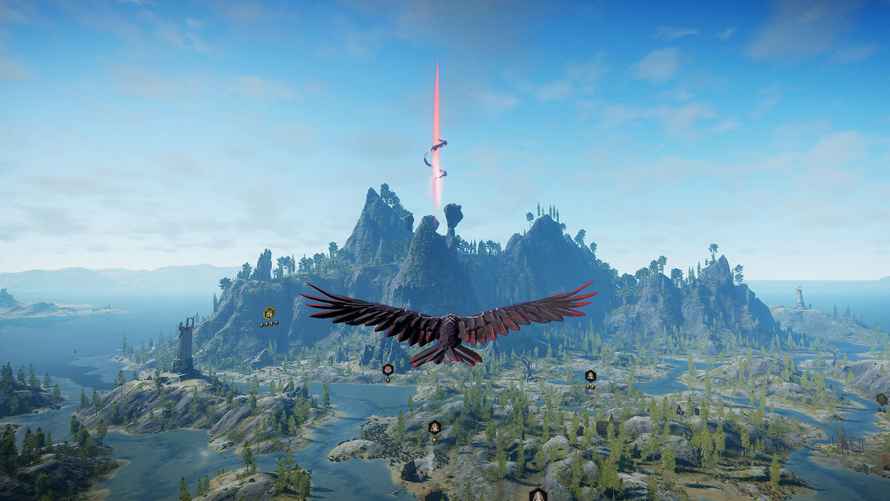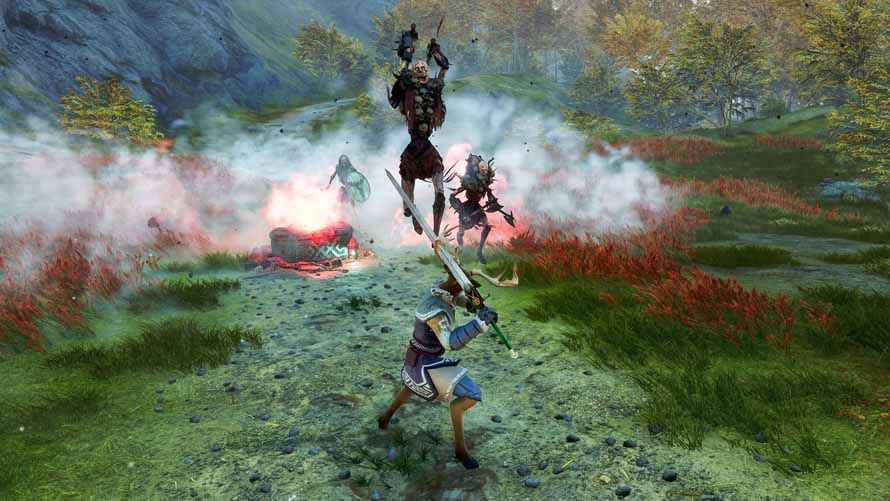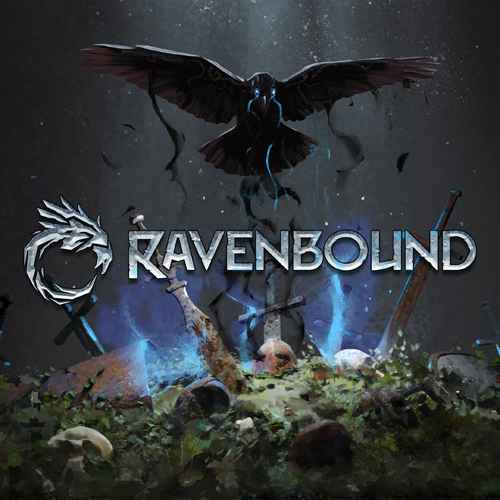Ravenbound Review
If imitation is the sincerest form of flattery, then Systemic Reaction’s new action roguelite RPG Ravenbound is flattering the hell out of a lot of recent games. While it aims to combine many elements in an original way, it’s hard to ignore that a lot of those elements are familiar. But let’s be honest. Every game largely iterates on other titles in its genre. The question is whether Ravenbound’s patchwork quilt of borrowed game ideas is a warm and cozy comforter or a threadbare blanket.
Broken Vessels
Unlike most recent third person action RPGS, Ravenbound is a roguelite. Dying and starting over are built into the game’s DNA. Because it is a roguelite, you — the player — retain some abilities, weapons and armor between runs. As you die and are reborn in a new “vessel,” you grow stronger and your ability to survive and reach the final boss becomes a little more likely.
Ravenbound takes place in a fantasy-RPG world called Ávalt, closely based on Scandinavian folklore and geography. There are forests, snowfields, towering peaks and lush valleys. As you inch your way toward the boss, you’ll explore them all. Ávalt is a vast open world, but aside from enemy camps, friendly villages and mission-specific locations, it’s pretty but pretty empty. Developer Systemic Reaction notes that despite some superficial similarities, Ravenbound is not a Norse game. The cultures, mythology and spiritual traditions are very different.

Ravenbound’s core narrative is that a powerful sorceress god called the Betrayer has imprisoned five benevolent gods called the Ellri. Your task is to defeat the Guardian bosses and receive the Ellri’s Blessing. If you defeat three Guardians you unlock a shot at the end-boss Betrayer. Ravenbound is a roguelike, so this is the progression for every run. It’s not an action-RPG where you can stop and save your progress along the way.
Play Your Cards Right
All action RPGS and roguelites have some sort of leveling or upgrade system. Ravenbound uses a deck building mechanic with a lot of complications that aren’t always well explained. All armor, weapons and abilities come from unlocked cards. Cards are collected through exploring the world, completing quests and defeating enemies. Every card has a mana cost. Mana is found in loot chests, special mana chests, and inside magical pillars in the world.
Players use collected mana to unlock cards during a run. To add an unlocked card permanently, players need to complete the challenge associated with the card, most often are based on combat. But there’s more. Cards come in suits linked to the elements of Sky, Earth, Ice, Fire and Spirit. Likewise, enemies have alignments with the same elements and drop associated cards. Players trying to craft a fire-based character, for example, will need to kill more enemies associated with the fire suit. Cards also have traits. Weapon trait cards unlock new weapons, folk traits unlock new playable races, and general traits apply overall characteristics to the Vessel.
If it sounds like a lot, it is. But at its heart, it’s also just a reskin of an upgrade tree found in many RPGs, albeit one with maybe too many moving parts. Add to the card system healing items, gambling mechanics and other gear found in the world, and the game’s exploration and combat start to feel like supporting players, instead of the other way around.

Things Fall Apart
Ravenbound’s combat and traversal borrow heavily from other action RPGs. For example, there is health restoration from successful combat similar to that in Bloodborne. Well-timed parries and their associated extra damage are cribbed from, well, just about every Soulslike. There is a grappling hook — which oddly, needs no anchor points at all — and of course, the game’s titular mechanic of traversal as a sky-faring raven. Besides feeling overly familiar, there’s an odd sensation that the game’s mechanics are superimposed on the world, instead of connected to it.
As players build their decks and their vessels get stronger, combat becomes a bit more interesting and nuanced. But out in the world, the rank-and-file enemies are automatons that have very little variation or personality. They all react the same way, with no tactical sophistication. They’re very reminiscent of enemies in earlier generations of MMOs. The game’s NPCs are unvoiced and in general, they just stand around and wait for interaction.
Especially at the start of a run, when vessels are weakest, combat is frustratingly difficult. Ravenbound would benefit from another pass at early game balancing.
Something Borrowed Makes Me Blue
Ravenbound is full of janky controls, clunky combat and movement that’s a few frames short of smooth. For all its importance to traversing the world, controlling the raven in flight can be frustrating and imprecise. Instead of slagging on every issue, let’s just say that the visuals and character design — especially humans — are simply areas in which Ravenbound most feels like a lower-budget game.
This extends to performance, which is in desperate need of optimization. Even with hardware above the recommended specs, framerates dropped into single digits with resolutions above 1920×1080. There were visual glitches and missing textures, clipping issues and more. There are lots of ways to tweak settings, so finding a sweet spot isn’t hopeless, but it takes a lot of experimentation and effort.

Fly Away
Ravenbound’s limited successes do not come from an abundance of new ideas, but combining or juxtaposing old ones. If Ravenbound was a full-price, triple-A game I’d be a lot less forgiving of its flaws. No matter the price, it’s still derivative, janky and in serious need of optimization and bug fixes. But at less than 30 bucks, it’s maybe worth a gamble for fans of open world RPGs and action roguelikes. Provided, that is, that they temper their expectations and can overlook the game’s sometimes messy mechanics and other shortcomings.
***PC code provided by the publisher for review***
The Good
- Interesting synthesis of systems
- Deep deckbuilding mechanics
- Nice use of folkloric elements
- Budget price
The Bad
- Lots of technical issues to iron out
- Balancing needs work
- Some systems not well explained

